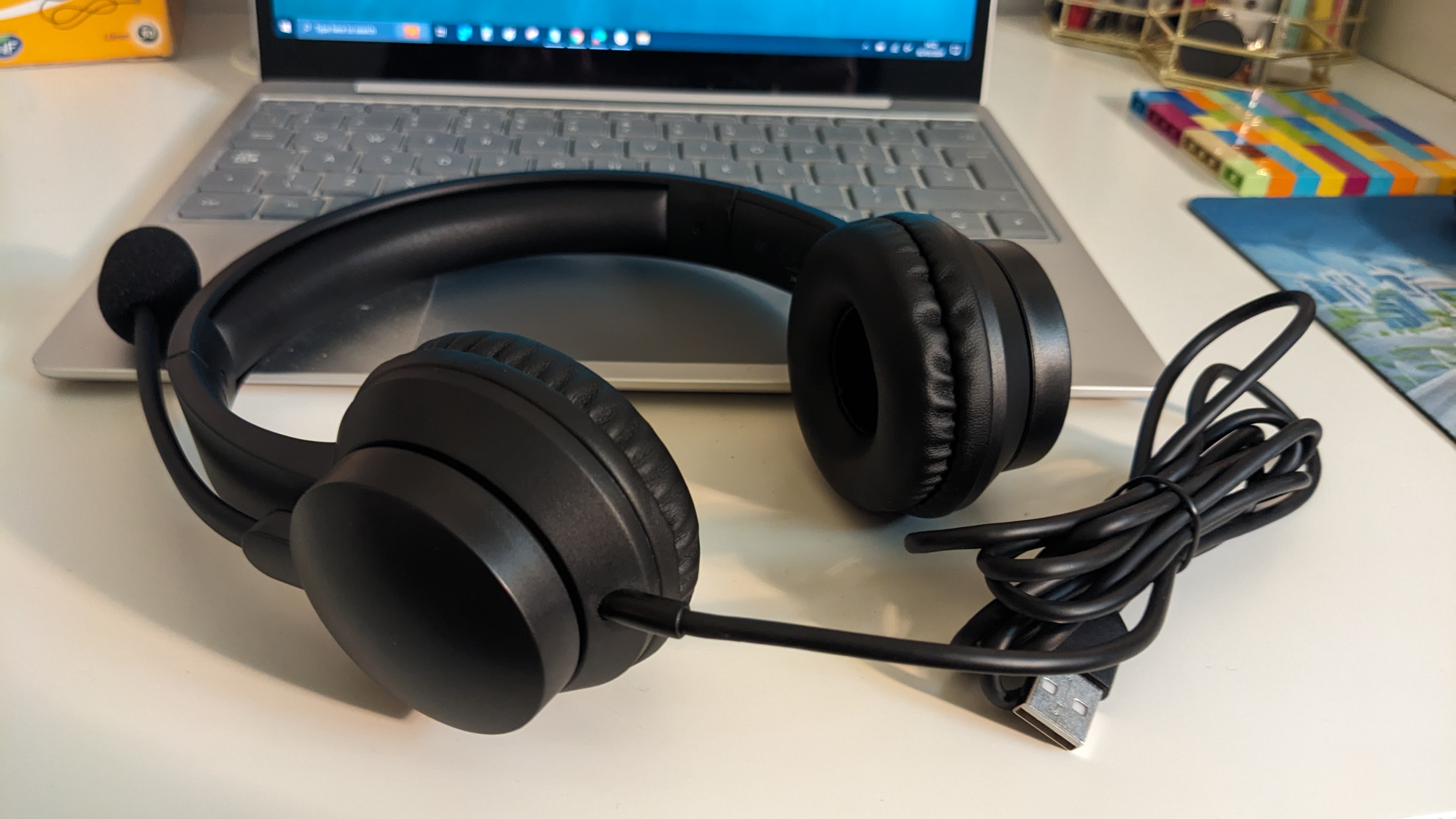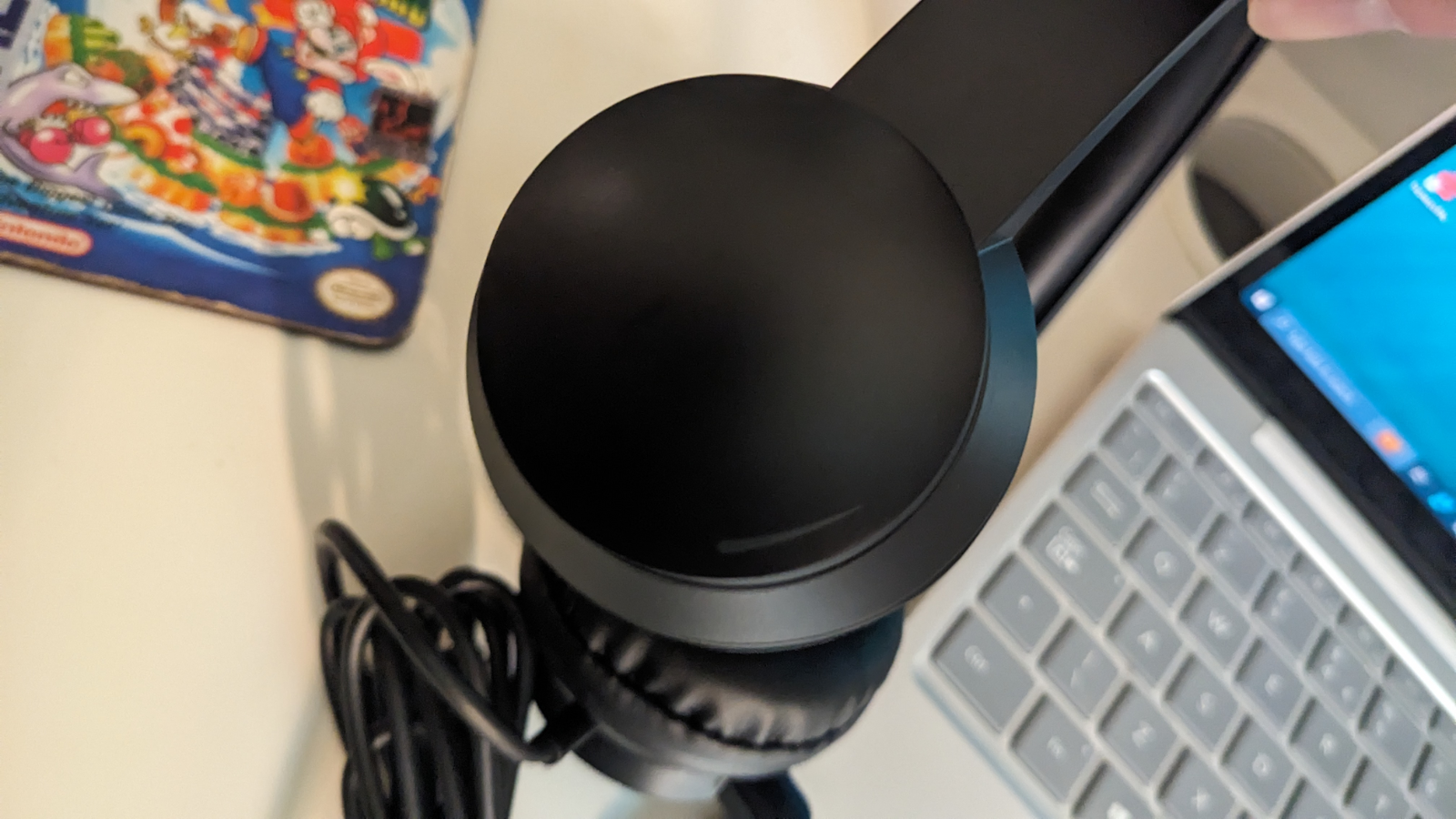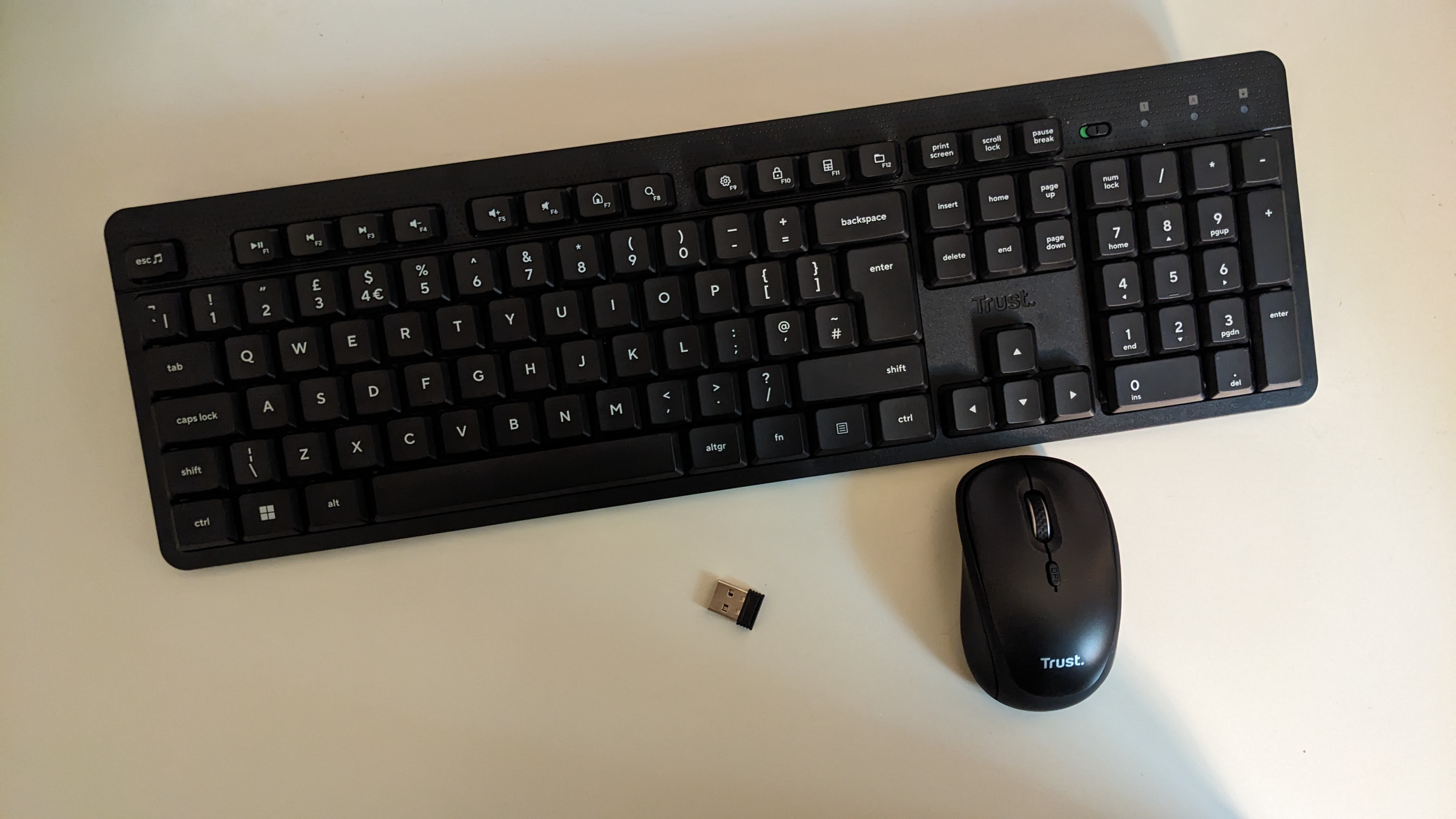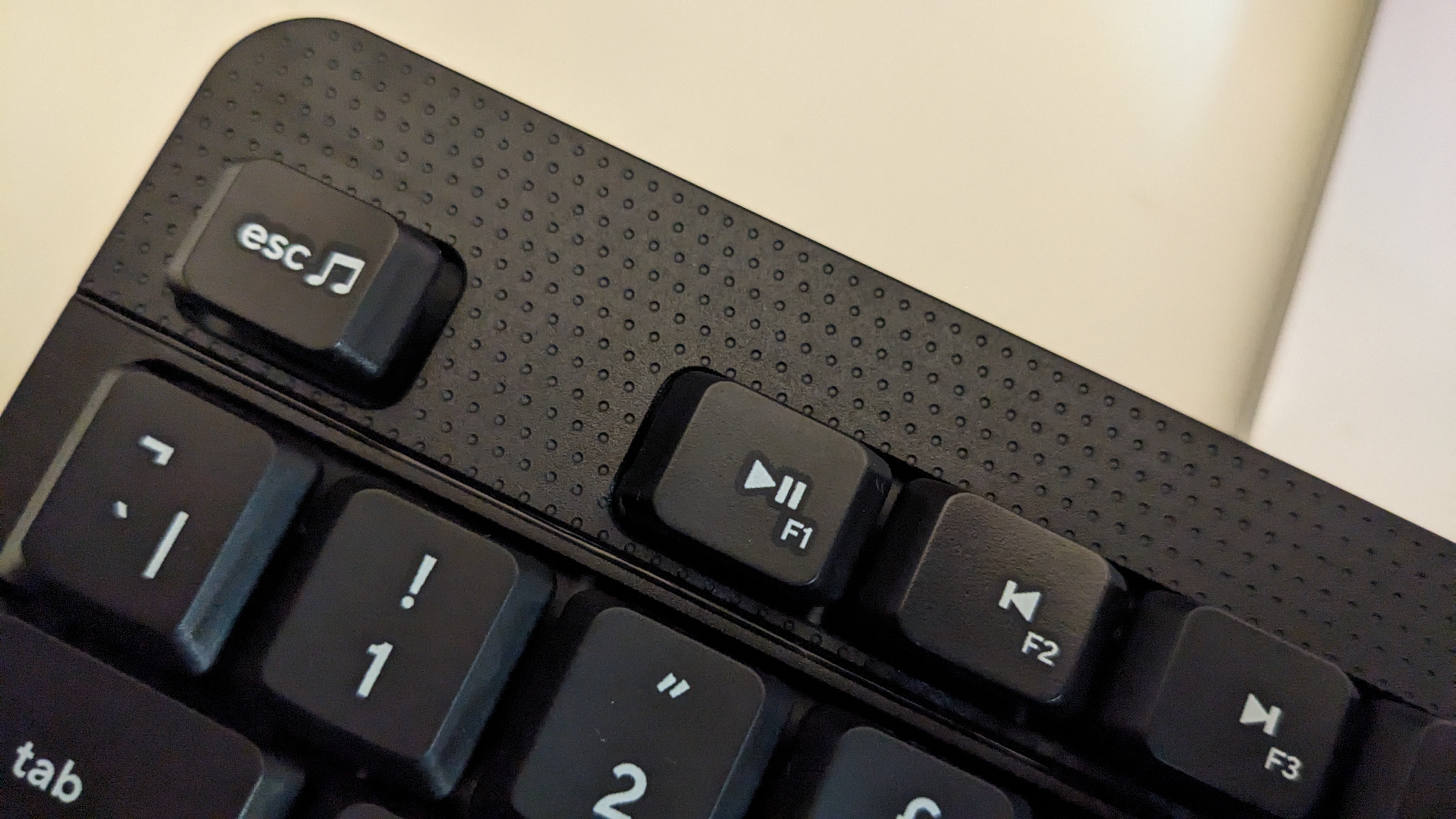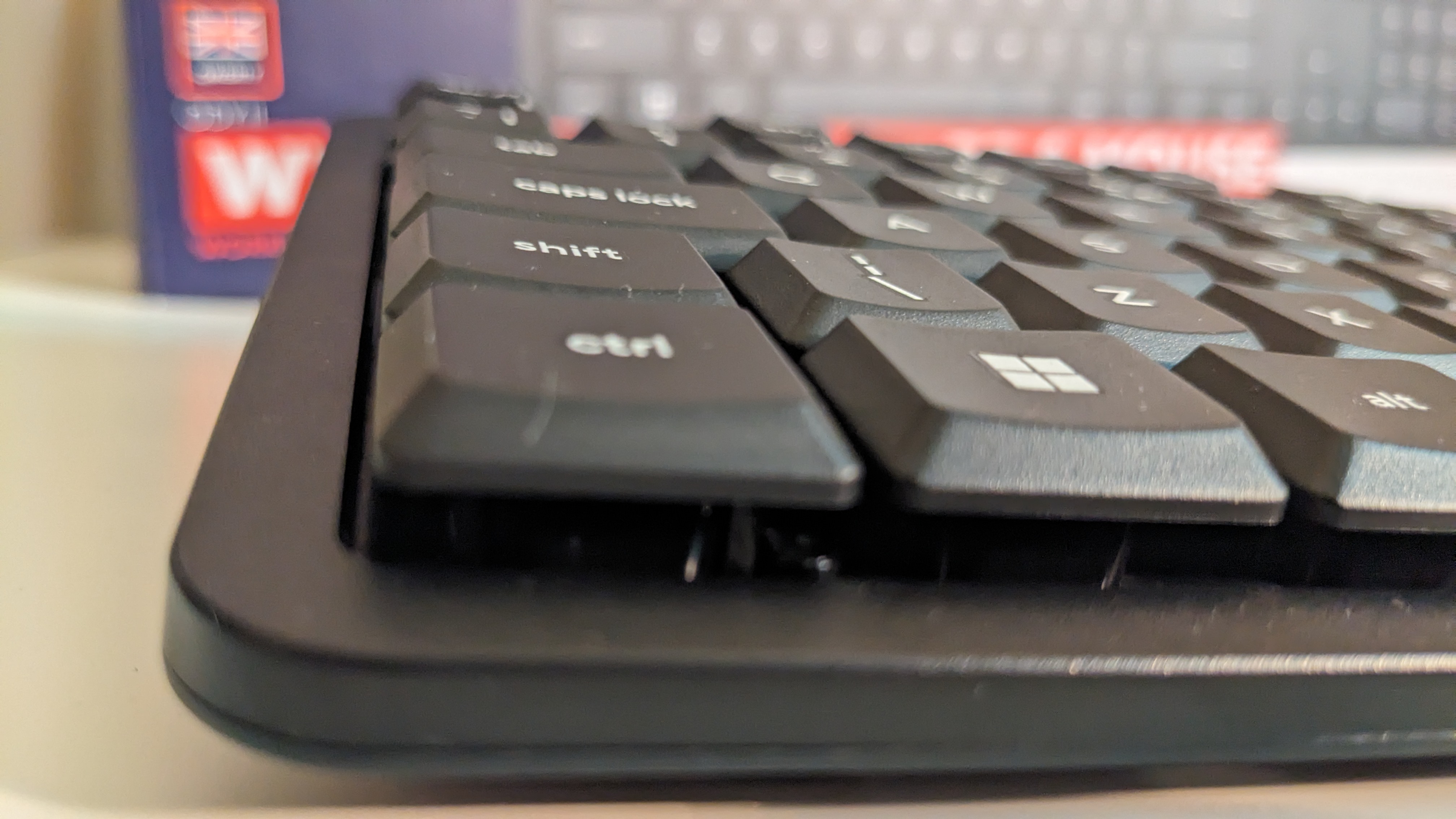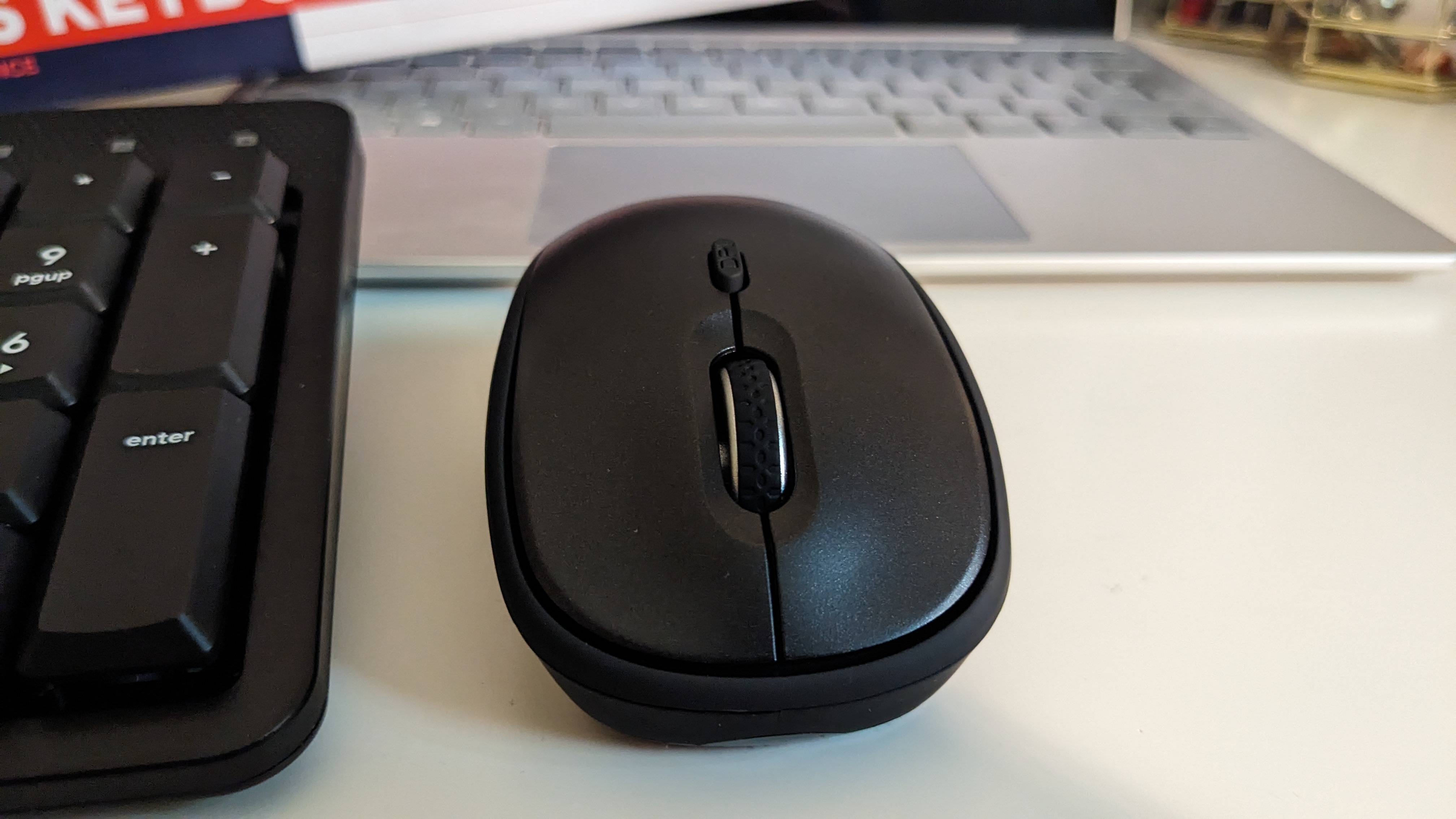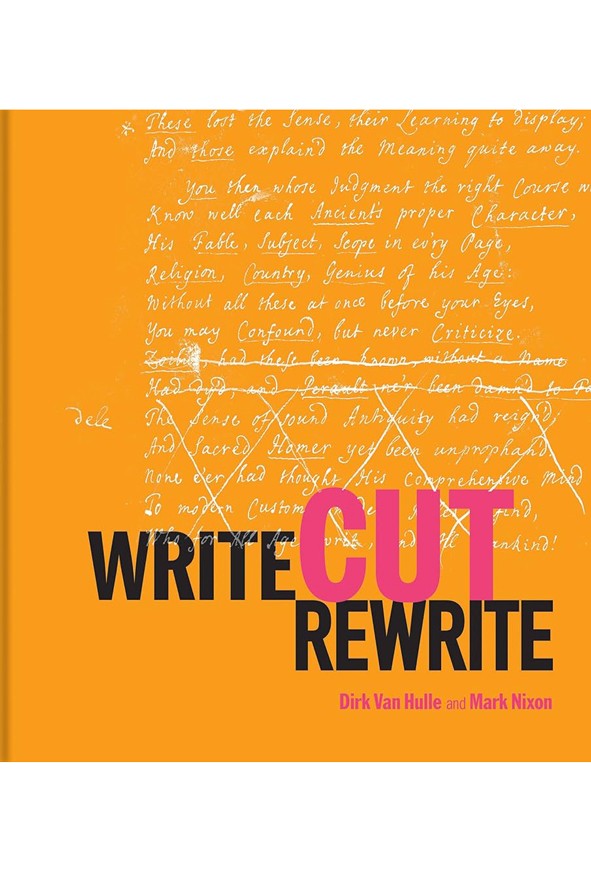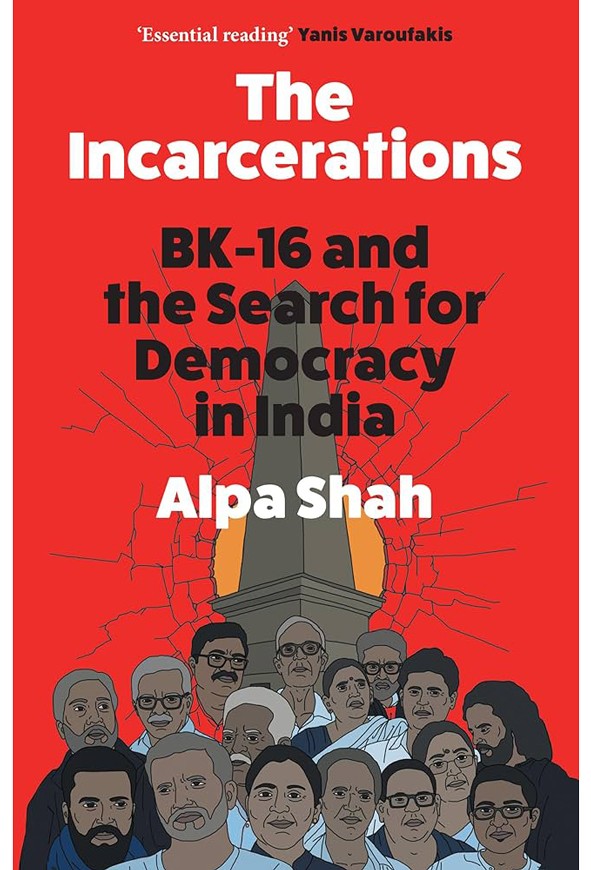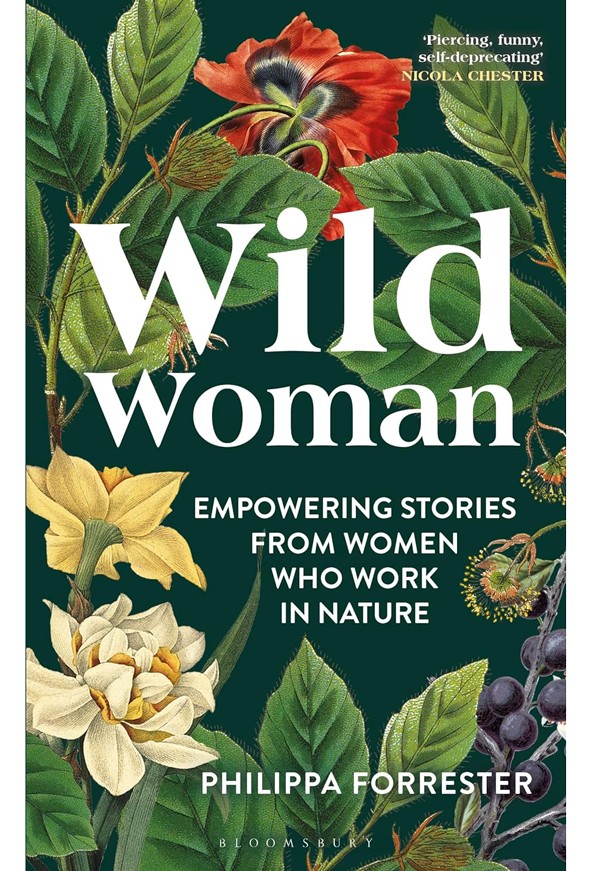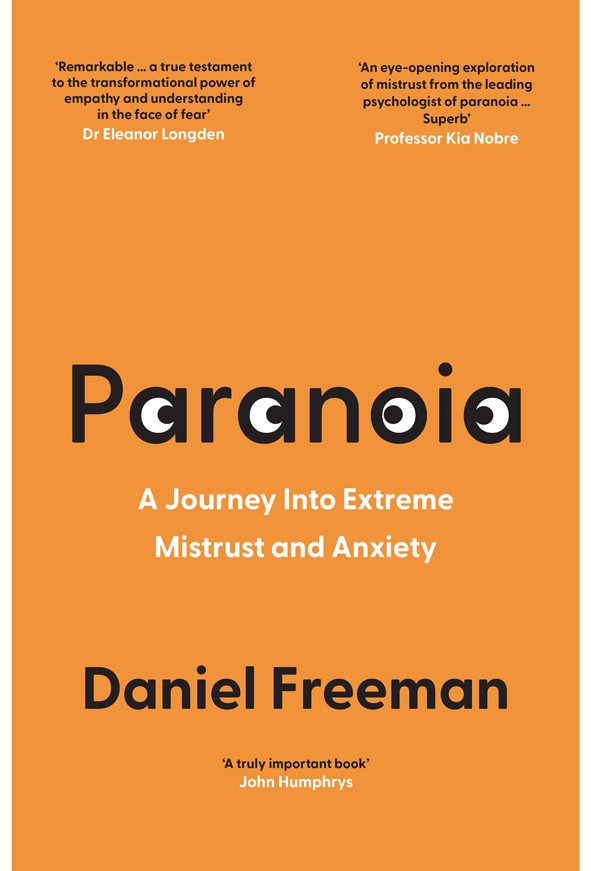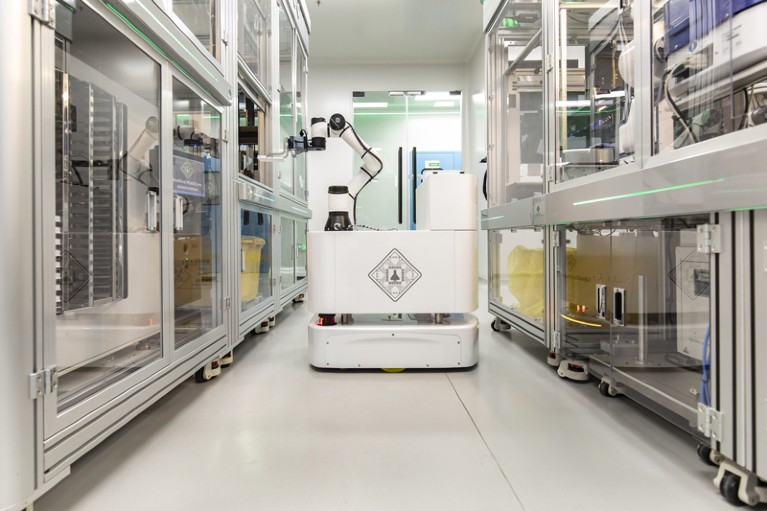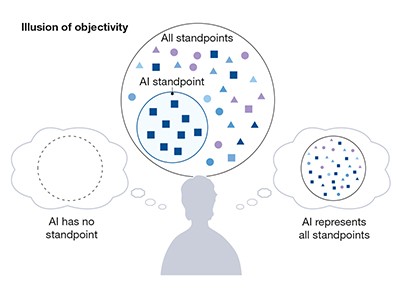[ad_1]

El acceso Zero Trust es un paradigma de seguridad estricto que se está convirtiendo cada vez más en el estándar para empresas y gobiernos. Se aleja de la seguridad tradicional basada en el perímetro para cuestionar, verificar y autorizar constantemente la identidad de los usuarios y dispositivos antes de otorgar acceso, incluso al director ejecutivo, que ha trabajado allí durante veinte años. Luego, a los usuarios se les otorga solo los permisos mínimos necesarios para realizar sus tareas, lo que limita el daño potencial que pueden causar y al mismo tiempo garantiza que aún puedan realizar su trabajo.
Un área donde falta de confianza Puede resultar eficaz con la inteligencia de archivos de registro. Esto se debe a que, si bien son muy importantes para la seguridad de la información y la detección de amenazas, los archivos de registro también pueden ser una vulnerabilidad en el sistema. Como tal, debe estar protegido en todo momento y accesible para quienes lo necesiten.
Este artículo explora los desafíos de implementar la información de archivos de registro de Zero Trust y cómo las tecnologías emergentes pueden abordar estos desafíos.
Archivos de registro: lo revelan todo
Los archivos de registro son registros digitales que revelan información sobre las actividades del sistema. Son una importante fuente de inteligencia, ya que al analizarlos, las organizaciones pueden obtener información valiosa sobre el rendimiento de la red, identificar vulnerabilidades y detectar actividades sospechosas.
Sin embargo, su valor es también su amenaza. Como si lo revelara todo, quienes tienen acceso a él también lo saben todo. Por ejemplo, un atacante podría utilizar archivos de registro para rastrear las actividades de los usuarios, identificar cuentas privilegiadas y robar información confidencial. Una vez que usan esta información para obtener acceso al sistema, pueden usar archivos de registro para manipular, robar o retener información importante para pedir un rescate.
Por lo tanto, es necesario gestionar el acceso a los archivos de registro durante todo el flujo de trabajo para garantizar el mínimo acceso posible para los analistas y ciberseguridad empleados y protegerlos de la exposición.
El primer paso: recogida y almacenamiento seguros
Para proteger la integridad y seguridad de los archivos de registro, es fundamental recopilarlos y almacenarlos en tiempo real en un entorno aislado y a prueba de manipulaciones. Una forma de gestionar este conjunto de datos de archivos de registro a gran escala es utilizar OpenTelemetry. Su enfoque unificado y su capacidad para integrarse con diferentes backends, incluido Postgres, lo convierten en la opción preferida.
Al mismo tiempo, la tecnología Blockchain les proporciona una solución ideal. almacenamiento. Su naturaleza inmutable garantiza que los registros no se puedan cambiar, manteniendo su integridad y garantizando un registro transparente y compatible. Además, la naturaleza descentralizada de blockchain reduce el riesgo de que se produzca un ataque sin un único punto de enfoque.
Paso 2: controlar el acceso con privilegios mínimos
el cree Gestión de registros Requiere equilibrar la seguridad y la productividad para garantizar que los registros nunca queden expuestos y al mismo tiempo permitir su análisis. Esto presenta un desafío para los controles de acceso tradicionales, como la clasificación de datos, el enmascaramiento y el acceso basado en consultas, porque si bien pueden limitar la exposición, también pueden obstaculizar la detección de amenazas y la eficiencia de los analistas. Tampoco es completamente seguro, ya que todavía se accede ampliamente a los registros descifrados.
Una forma de lograr un control de acceso con privilegios mínimos sin concesiones productividad El cifrado simétrico es una solución de cifrado que permite que los datos permanezcan cifrados durante todo su ciclo de vida. Esto se debe a que es con simetría. CifradoAquellos que necesiten acceder a registros para identificar información sobre amenazas pueden analizarlos en un estado cifrado sin poder leerlos.
Este control de acceso cifrado también se puede extender más allá de los analistas a cualquier persona involucrada en la gestión de registros. Por ejemplo, los administradores podrán gestionar permisos, registrar el acceso y verificar las solicitudes de acceso sin poder leer los registros ellos mismos mientras permanecen cifrados. Esto se aplica a toda la gama de sistemas Zero Trust que utilizan cifrado homomórfico con administradores y usuarios privilegiados que no tienen la capacidad de leer los datos a su cargo pero que aún pueden administrarlos.
Paso tres: inteligencia y respuesta ante amenazas
Es necesario limitar la cantidad de datos que se comparten fuera del sistema seguro para evitar una posible exposición y crear puntos de acceso vulnerables. Una posible solución a esto es utilizar IA nativa en lugar de herramientas de análisis de terceros.
Por ejemplo, la IA del Small Language Model (SLM) funciona dentro… Base de datos Puede proporcionar información experta y aprendizaje automático sobre datos cifrados sin compartirlos fuera del sistema. Además, dado que es un SLM, los resultados tienen el potencial de ser más precisos y estar libres de alucinaciones de IA porque el modelo no está entrenado en grandes conjuntos de datos que pueden ser inexactos o sesgados y, en cambio, solo se ejecuta en datos de archivos de registro cifrados y cualquier información específica. recursos relevantes.
Debido a que los registros permanecen cifrados en todo momento y solo se concede acceso para analizar registros cifrados con privilegios mínimos, se mantiene una estricta seguridad Zero Trust.
Pensamientos finales
Este artículo ha demostrado que Zero Trust es aplicable al complejo problema de la inteligencia y gestión de archivos de registro que es óptima para la seguridad y la privacidad. Después de todo, los registros nunca deberían exponerse ni editarse. ¿Qué es mejor para eso que un sistema inmutable para lograr una confianza cero?
Incluso si no adopta un enfoque de confianza cero para su gestión de registros e inteligencia, sigue siendo esencial mantener protegido este recopilador de datos esencial en todo momento, incluso mientras lo utiliza.
Hemos revisado y calificado el mejor software de gestión de identidad..
Este artículo se produjo como parte del canal Expert Insights de TechRadarPro, donde mostramos las mejores y más brillantes mentes de la industria tecnológica actual. Las opiniones expresadas aquí son las del autor y no necesariamente las de TechRadarPro o Future plc. Si está interesado en contribuir, obtenga más información aquí: https://www.techradar.com/news/submit-your-story-to-techradar-pro
[ad_2]
Source Article Link



